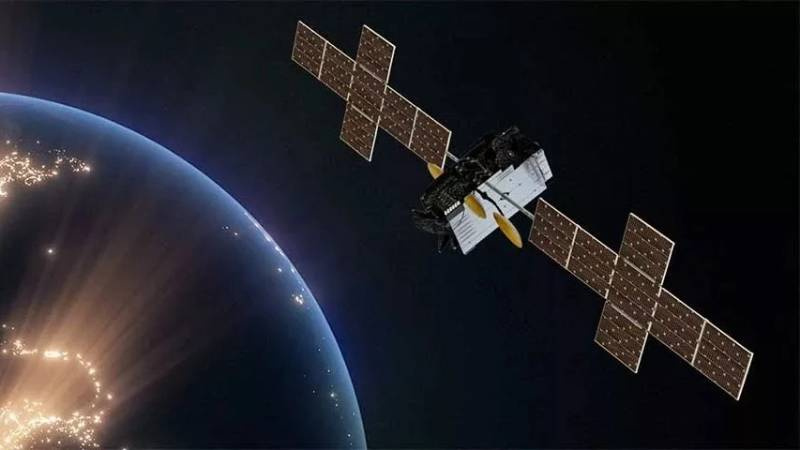
Starlink’s competitor offered satellite internet at 100 Mbps and cheaper than Musk’s
SpaceX Starlink’s competitor, satellite Internet operator HughesNet, has started offering customers a 100 Mbps tariff plan, which became possible after the launch of the Jupiter 3 communications satellite into high geostationary orbit in July. After conducting a series of tests, HughesNet announced that Jupiter 3 is ready to go. The satellite weighing 9.2 tons was delivered into orbit by a SpaceX Falcon Heavy rocket.
With the Elite and Fusion tariff plans, the monthly fee of $90 and $110, the incoming connection speed is up to 100 Mbps. The outgoing connection speed reaches only 5 Mbps. In both cases, high-speed data transfer will be limited to 200 GB per month. After exceeding the limit, the subscriber will be able to use the Internet at reduced speeds.

The launch of Jupiter 3 satellite, which provides broadband capacity of more than 500 Gbps, brought the total capacity of the HughesNet service to more than 1Tbps.
The increase in data transfer speeds will make HughesNet more competitive with SpaceX’s Starlink satellite Internet service with a global subscriber base of 2.2 million people. Although Starlink offers download speeds of over 220 Mbps, many users in the US, according to Ookla Speedtest.net, actually have speeds around 70 Mbps. The cost of Starlink service for residential premises reaches $120 per month, depending on the location.
To connect to the satellite Internet, HughesNet customers can rent or buy satellite dishes, the cost of which depends on the tariff plan.

